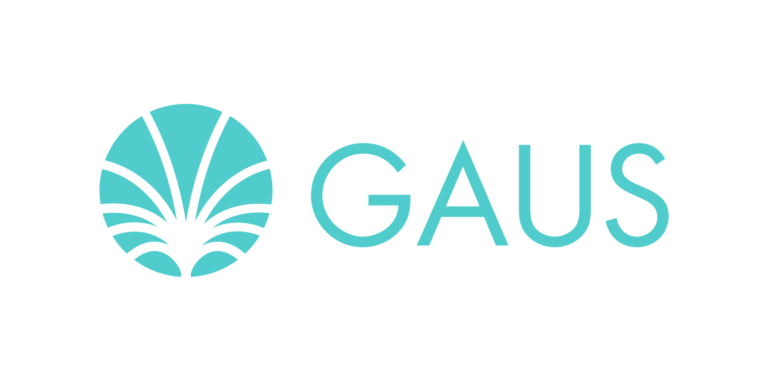
|
Algebraic K-Theory and Redshift
Fall school, Mainz, 18th—22nd September 2023
About
The stable homotopy category, or the ∞-category of spectra, is a very complicated and still quite mysterious object. Chromatic homotopy theory provides a filtration on this object whose layers are more accessible. One rich source of spectra is the algebraic K-theory of rings or more generally ring spectra, and starting with work of Waldhausen in the early 80s mathematicians studied the interaction between algebraic K-theory and the chromatic filtration. As a milestone, several precise conjectures have been formulated by Rognes and Ausoni-Rognes around the year 2000. These are often referred to as "redshift conjectures". They predict, among other things, that algebraic K-theory increases the chromatic height of a commutative ring spectrum by 1. Recent years have seen a burst of new results in the direction of these conjectures, partly of theoretical, qualitative nature, partly of computational, quantitative nature.
This fall school will provide an introduction to this beautiful circle of ideas, leading from introductory courses on algebraic K-theory and chromatic homotopy theory up to some recent breakthrough results.
The school is aimed primarily towards graduate students and postdocs who are interested in working in one of the areas covered by the school. Some background in homotopy theory will be helpful for following the mini-courses.
Mini-courses
The school will consist of four mini-courses:
Christian Ausoni (Paris): Computational examples of chromatic redshift
In this mini-course, I will present examples of explicit computations of
topological cyclic homology and algebraic K-theory of commutative ring spectra
of low chromatic height. These computations show how Quillen-Lichtenbaum-type
results for fields and number rings generalize to this setting, and exhibit
chromatic redshift in a precise quantitative manner.
Several results presented are part of joint work with John Rognes, and with Gabriel
Angelini-Knoll, Dominic Culver and Eva Höning.
Robert Burklund (Copenhagen): The chromatic nullstellensatz and redshift for E∞-algebras
With the aid of hindsight we can trace the origins of redshift to a pair of results of Suslin from '83 and '84.
Suslin proved that the K(1)-local algebraic K-theory of every characteristic zero algebraically closed field is non-zero.
When combined with a weak form of Hilbert’s nullstellensatz, i.e. that every commutative ring R admits a map to an algebraically closed field,
we obtain a qualitative redshift statement for classical commutative rings.
In this lecture series I will present a generalization of this story to higher heights.
This will begin with Yuan’s proof that the K(n+1)-local algebraic K-theory of height n Lubin-Tate theories is non-zero.
I will then continue with an introduction to chromatic spectral algebraic geometry.
The series will conclude with the proof that the Lubin-Tate theories attached to algebraically closed fields satisfy an analog of Hilbert's nullstellensatz and
the corresponding qualitative redshift theorem for E∞-algebras of height n.
Thomas Nikolaus (Münster): Introduction to algebraic K-Theory (of stable ∞-categories)
In this course we will introduce algebraic K-Theory for stable ∞-categories and explain some of its features.
We start by quickly explaining the group completion definition and then move to algebraic K-Theory of stable ∞-categories.
We will highlight the role played by localization sequences and explain how to generalize K-Theory to dualisable categories (à la Efimov). Then finally we explain trace methods and how to compute algebraic K-Theory using topological cyclic homology.
Elizabeth Tatum (Stockholm): Introduction to Chromtatic Homotopy Theory
The stable homotopy category is a rich and complex mathematical object. Chromatic homotopy theory allows us to disassemble this complex structure into layers. The goal of the chromatic program is to understand each individual layer, as well as how to reassemble the category from those layers.
This course is an introduction to chromatic homotopy theory. We will start by discussing complex orientations and formal group laws, which were an important motivation for the development of chromatic homotopy theory. We will then define Bousfield localization, and address the construction of important cohomology theories such as Morava E-and K-theories. These constructions laid the groundwork for the Ravenel conjectures and other major structural results, which we will discuss next. We will also address computational tools and methods.
Furthermore, there will be Q&A sessions accompanying the mini-courses.
Schedule, local information and group photo
- Here is a PDF schedule for the school.
- Here you can find some useful information for the conference (lunch, conference dinner, hike).
- Here is the group photo.
Info
Time: 18th - 22nd September 2023 (Monday morning - Friday noon).
Place: Johannes Gutenberg Universität Mainz, Germany.
Organisers: Christian Dahlhausen, Lorenzo Mantovani, and Georg Tamme.
Registration & Financial Support
If you want to register, please send us an email to redshift@mathi.uni-heidelberg.de including the following data:
First name, Last name, Affiliation, Status (Master student/PhD student/Postdoc/etc.), Expected dates of arrival and departure.
Limited financial support for participants has been available. The deadline for applying for financial support was 30th June, 2023.
Acknowledgements
This event is funded by Johannes Gutenberg Universität Mainz, by SFB/TR 45 "Periods, moduli spaces and arithmetic of algebraic varieties", and by CRC326 - GAUS: "Geometry and Arithmetic of Uniformizing Structures".

|

|

|
Privacy & Legal notice